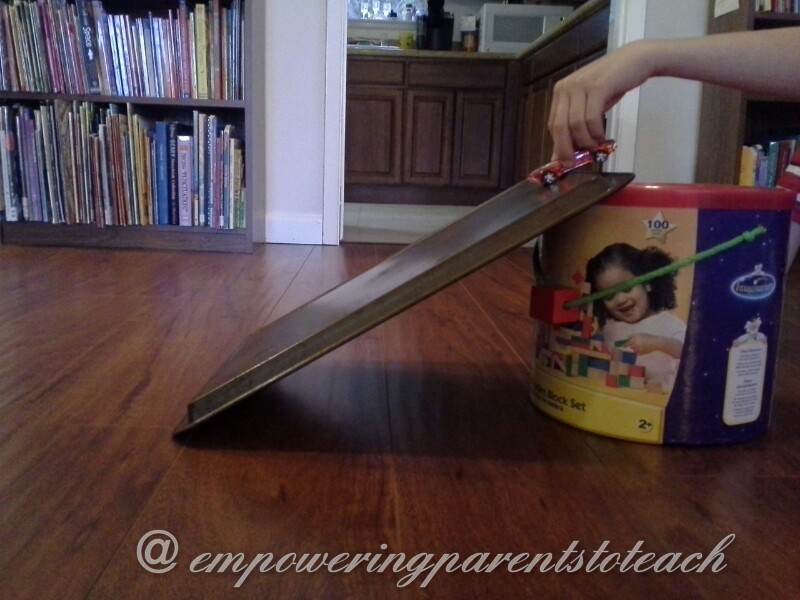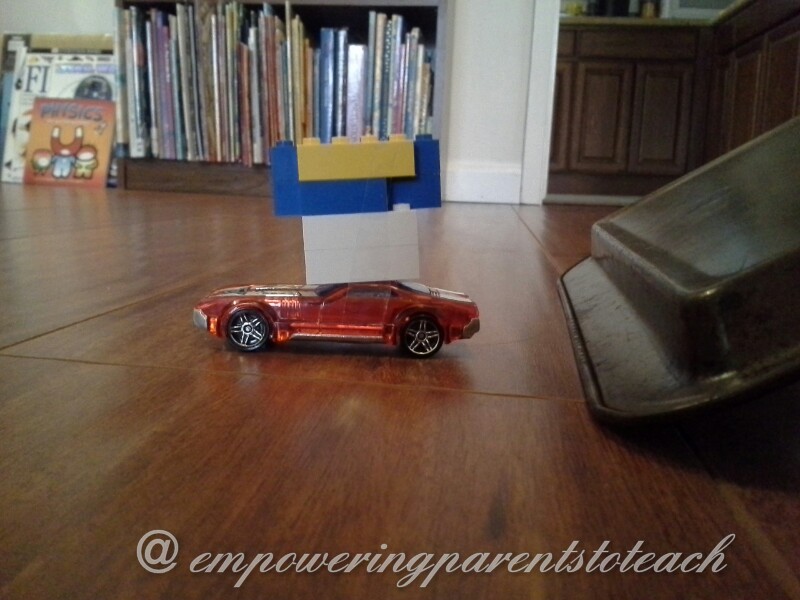Exploring Physics: Olympic Games
I always love to get advice from a professional in their field. Which is why I am so excited to share this post from our guest author, Staci! Staci is a mom and Cancer Biologist. With her expertise in science and experience as a mom, she shares with us how she incorporates science activities into her children’s everyday experiences.
From our Science Mom:
“Teaching science at home can be intimidating, but it doesn’t have to be. Children are the perfect natural scientists. They want to know the whys and hows of everything. You can help your little scientists explore their questions in ways that will engage their minds and encourage them to think creatively in everyday situations.
I began searching for child friendly science experiments to do at home when my son became interested in all things science. I started out doing organized experiments with him in the kitchen, but soon discovered the best lessons were learned when he directed the topic and we investigated something he had questions about. I spend my days working for a small biotech company as a cancer biologist and my weekends helping my children nurture and explore their natural love of science.
Is your family watching the Olympics? My family’s favorite events are the fast ones! Downhill skiing, bobsledding and the skeleton to name a few. Watching these events is a great springboard to discuss physics with your kids. Yes, Physics!
Kinetic energy is a concept easily explored at home with children of all ages. Simply put- kinetic energy is the energy of motion and potential energy is the stored energy of an object. To begin, set up a ramp using any objects you have around the house. We’ve done this with cardboard tubes, hardcover books and cutting boards.
Next, decide what you want to race down the ramp. Toy cars or different sized balls are great choices to illustrate the concept of kinetic energy. If you have older children, consider using legos that you can build up to change the weight of the car. Does the weight of the car matter?
Let your children experiment with the ramp and cars. How does the speed of the car change with the starting location on the ramp? How is the speed of objects affected with a change in the shape, size and weight of an object? What happens if you change the angle or length of the ramp? What happens if you change the material of your ramp?
If you have older children, consider making a table and charting which object travel the fastest and furthest down and away from the ramp. Can they predict which object will be the fastest down the ramp from a new group of objects?
You and your children can learn a lot with this fun activity! What did your family learn about kinetic energy today?”
I absolutely love these ideas! We’ve done similar things in our house and they have always been a hit!
I didn’t even realize until after I took the picture, but one of my son’s favorite books is making a cameo appearance. Couldn’t have worked out better because the book is a great supplement for kids interested in physics!
Have a physics fanatic? Check out:
Physics: Why Matter Matters! by Dan Green
Basher Science: Extreme Physics






Kelly
What a fantastic idea! Thanks for sharing it.
Sheana
Thank you very much!